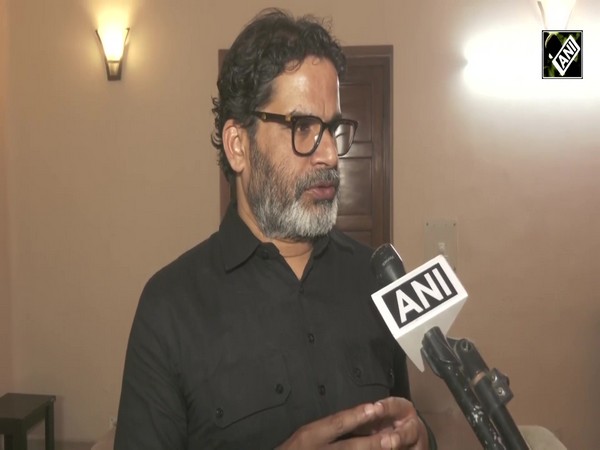China lures economically vulnerable nations through debt-trap diplomacy
Aug 31, 2022

Beijing [China], August 31 : China has been luring economically vulnerable and strategically significant nations by lending finances to them through the promise of several development projects, and has emerged as the third largest official creditor in the world.
Since developed and underdeveloped nations continue to look for financial assistance, China has been capitalizing upon its economic dominance through the veil of providing loans.
According to Global Stratview, more than a dozen under-developed countries owe a debt of at least 20 per cent of their GDPs to China and currently withhold an outstanding claim of more than 5 per cent of the globe's total GDP.
Nations seeking the revival of their economies have been at the centre of Chinese funding. For instance, the situation in Sri Lanka has gone from bad to worse, economically and politically. Sri Lanka, until 2020, had borrowed over USD 4.6 billion and has constantly been seeking more funds to help revive its economy.
China has multiple high-value projects in Sri Lanka, amongst which are the infamous Hambantota Port and the Colombo port.
Moreover, China has also started to leverage volatile countries' decision-making processes through the promise of the BRI project as the infamous transfer of the Hambantota port to China is a story of a well-documented debt trap worldwide.
Another noteworthy example in the African continent, where China has been investing heavily since the launch of the BRI project, is Zambia. Since the commencement of the project, the African nation has suffered an unsustainable debt crisis primarily due to infrastructural projects that China funded.
The excessive loans have led to Zambia requesting a restructuring of its debt agreements and the decision has also led to the country having to cancel around USD 1.6 billion worth of loans which are undisbursed from Chinese lenders leading to a widespread halt to infrastructural projects around the country, Global Stratview reported.
By the end of 2020, China's loan to lower and middle-income countries has tripled in the past decade to USD 170 billion, as China is investing heavily in debt-distressed countries in the past decades
Geographically essential countries such as Djibouti, Laos, Kyrgyzstan, and Sri Lanka, amongst others, are some countries to name a few. Notably, the BRI project alone has left lower and middle-income countries with hidden debts that amount to around USD 385 billion by 2020.
Debt trap diplomacy is a deceptive method adopted by China under the BRI scheme wherein the Chinese first lend huge monies under opaque loan terms to unsuspecting developing nations in the garb of development only to strategically leverage the recipient country's indebtedness for its own economic, military, or political ends or to seize its assets as a means of repayment.


















